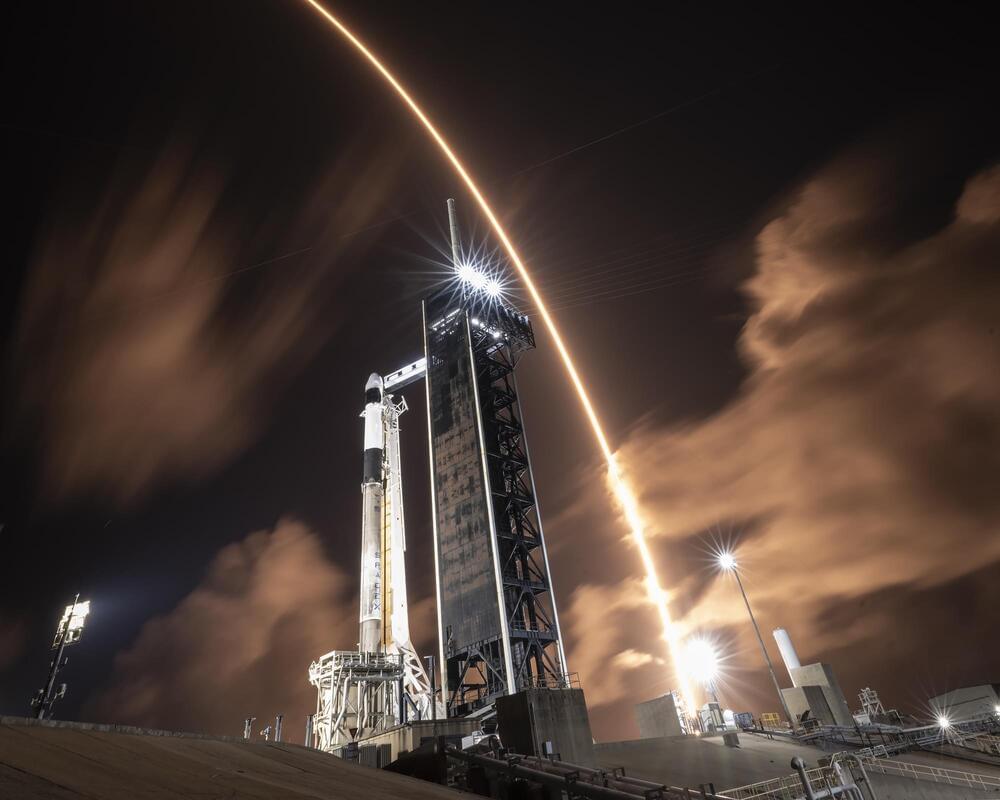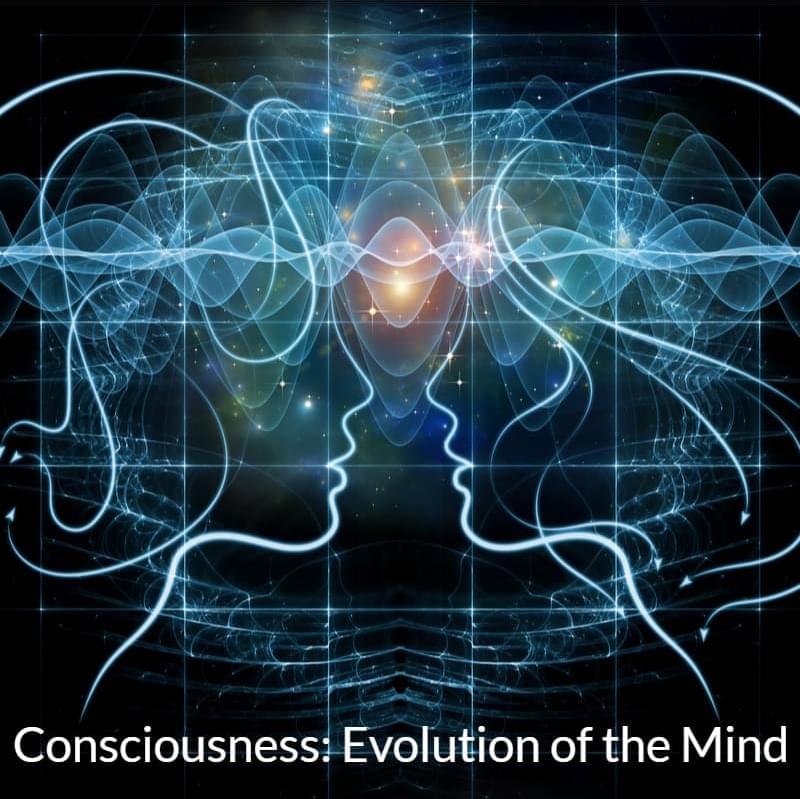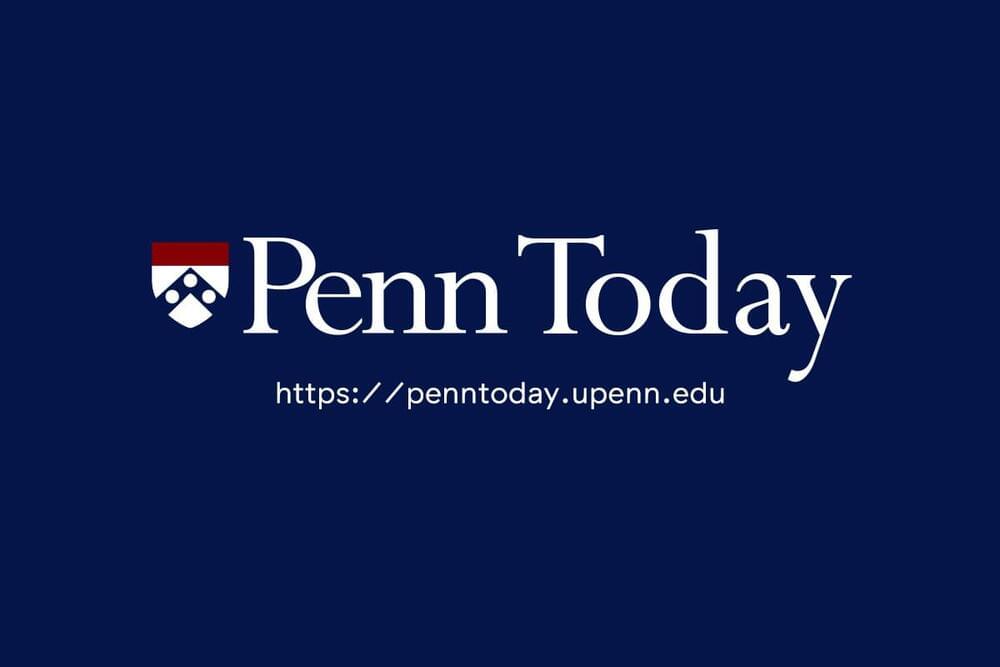Ever wonder why humans shrink as they age? Here’s everything you need to know to help you understand this strange phenomenon.



Scientists at the University of Texas used a breakthrough laser recycling technique to turn plastic into computer components.

WASHINGTON — SpaceX resumed launches of its Falcon 9 rocket early Aug. 31 after the Federal Aviation Administration ended a brief grounding of the vehicle.
One Falcon 9 lifted off from Cape Canaveral Space Force Station’s Space Launch Complex 40 at 3:43 a.m. Eastern, placing 21 Starlink satellites into orbit. It was followed at 4:48 a.m. Eastern by another Falcon 9 lifting off from Vandenberg Space Force Base’s Space Launch Complex 4E, also delivering 21 Starlink satellites to low Earth orbit. The 65 minutes between launches is the shortest interval yet between Falcon 9 launches.
The launches were the first by SpaceX since the Aug. 28 launch of a Falcon 9 where the booster was lost during landing on a droneship in the Atlantic Ocean. While the rocket successfully placed its payload of Starlink satellites into orbit, the Federal Aviation Administration ordered a halt in Falcon 9 launches later that day to investigate any public safety implications of the failed landing.

Study participants felt time distortion, fewer negative thoughts and greater detachment from feelings with a noninvasive ultrasound intervention.
By Lucy Tu
Enjoy the videos and music you love, upload original content, and share it all with friends, family, and the world on YouTube.

Unlike a single atom or molecule, an individual lifeform—while part of a species—exists as a distinct “digital” entity. where entangled micro-states are measured at the atomic and molecular levels. Throughout its lifespan, it operates within its own dimensional framework, unfolding dynamic patterns guided by choice and directed toward its ongoing self-preservation. This unique capacity for self-direction and decision-making sets living beings apart from inanimate matter.

The Standard Model of particle physics is currently our best understanding of how the universe works – but it only describes about five percent of everything in it. The rest is made up of what we call dark matter and dark energy, which are so far only known through their gravitational interactions with regular matter. Now, an astrophysicist from Oxford has put forward a new theory that suggests that dark matter and dark energy are actually part of the same phenomenon: a “dark fluid” with negative mass that fills the universe.
In a way, dark matter and dark energy are both placeholder concepts, plugging holes between the Standard Model and what we actually observe. For instance, the observed movement and distribution of galaxies doesn’t make sense if their mass is limited to the stuff we can see. Since the 1930s, this hidden extra mass has been dubbed dark matter.
Dark energy is a more recent concept. The observation that the expansion of the universe seems to be accelerating was only made in 1998, when it was discovered that more distant objects are moving away from us faster than those closer by. The mysterious force that drives this, which we still know very little about, is now referred to as dark energy.

